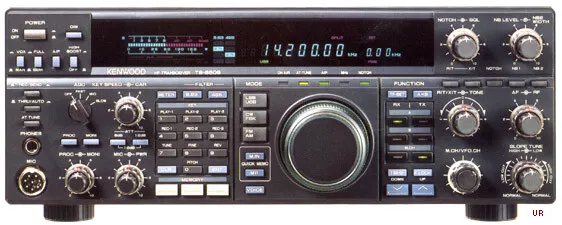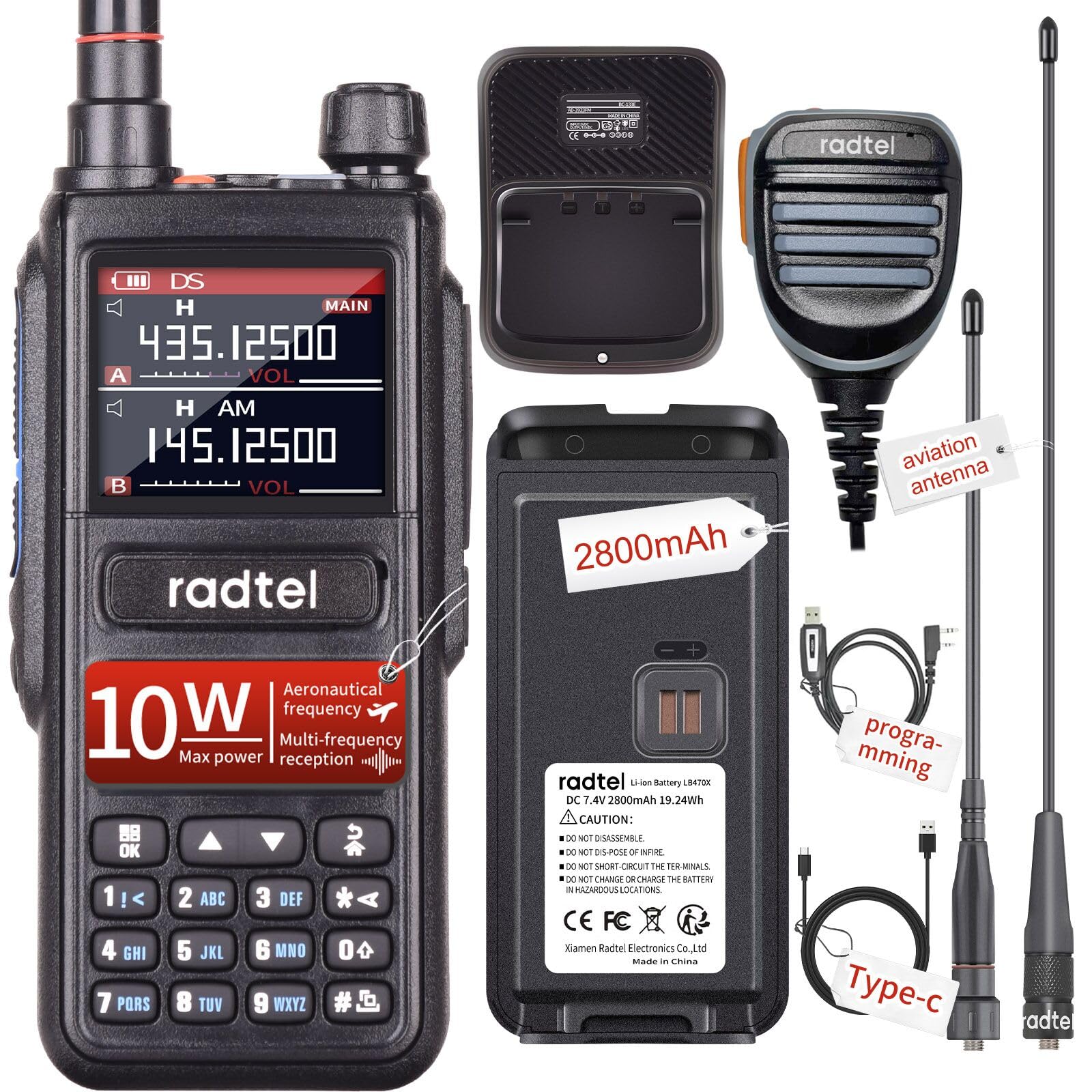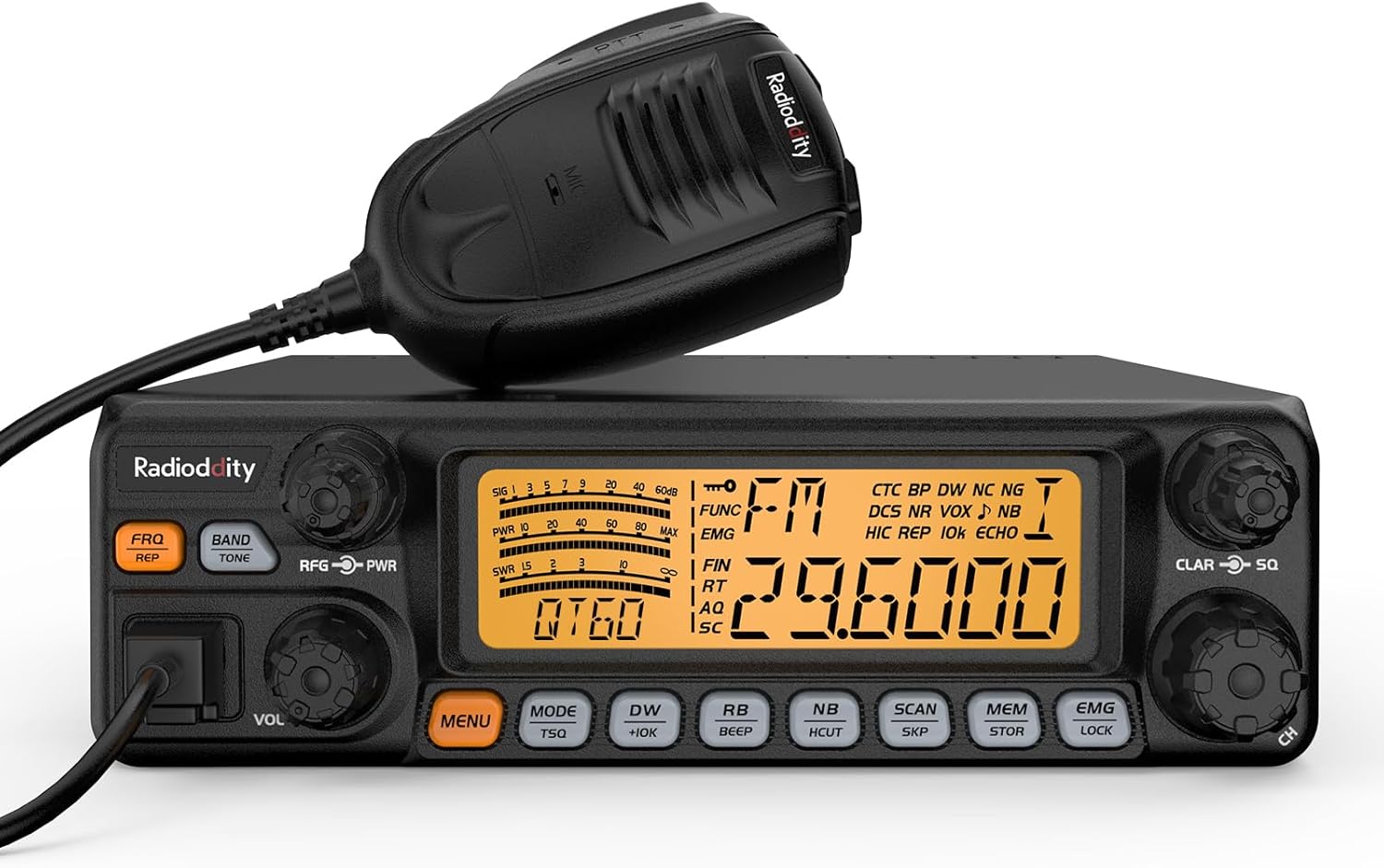
The Kenwood TS-850S is one of the most respected HF transceivers ever produced, renowned for its performance, reliability, and excellent receiver q hearts of amateur radio operators. With a solid build, exceptional filtering, auality. Introduced in the late 1980s, this rig continues to hold a special place in thend a clean transmit signal, the TS-850S remains a sought-after radio for those who appreciate classic gear that stands the test of time.
Design and Build Quality
The TS-850S has a rugged and professional appearance, typical of Kenwood's high-quality engineering. The front panel is well-organized, featuring an easy-to-read fluorescent display, a large tuning dial, and a logical arrangement of controls that make operation intuitive. Despite being an older model, it has a timeless design that continues to impress users with its durability and user-friendly interface.
The transceiver weighs around 9.8 kg (21.6 lbs), providing a sturdy feel that ensures stability on the desk. Its solid-state construction enhances reliability, and many units in operation today remain in excellent working condition, a testament to Kenwood’s craftsmanship.
Performance and Receiver Quality
One of the standout features of the TS-850S is its superb receiver. It offers excellent sensitivity and selectivity, making it a top choice for serious HF operators. The dynamic range and low-noise floor allow for clear reception even in crowded bands or weak signal conditions. This is particularly useful for DXing and contesting, where the ability to filter out interference is crucial.
The built-in IF shift and notch filter significantly improve the ability to reduce adjacent signal interference. The automatic gain control (AGC) operates smoothly, providing consistent audio quality without abrupt fluctuations. Many users praise the audio clarity, which remains one of the strongest points of this transceiver.
Transmit Quality
The TS-850S delivers a clean and stable transmit signal with up to 100 watts output. It features a high-quality speech processor that enhances voice clarity, making it a great choice for SSB operation. The rig’s ability to maintain a solid and distortion-free signal ensures that transmissions are easily readable, even under challenging conditions.
For CW operators, the full break-in (QSK) operation is another advantage. The radio provides smooth and responsive keying, making it a favorite among CW enthusiasts who need fast and accurate performance.
Filtering and DSP Capabilities
Although the TS-850S predates modern digital signal processing (DSP) features found in newer rigs, it includes excellent analog filters that provide strong interference rejection. The optional YK-88C and YK-88CN filters further enhance the radio’s ability to handle crowded bands, making it a strong performer in high-noise environments.
The auto notch filter effectively removes unwanted carriers, and the IF shift allows fine-tuning to reduce adjacent signal interference. While it lacks the more advanced filtering options found in today's transceivers, its built-in features still perform exceptionally well for a rig of its era.
Tuner and Antenna Matching
The TS-850S does not come with a built-in antenna tuner, requiring an external tuner for impedance matching. However, it pairs well with Kenwood’s AT-850 automatic antenna tuner or other external tuners, allowing operators to achieve optimal performance across different bands.
Connectivity and Modifications
The transceiver includes standard accessory ports, making it compatible with amplifiers and other external devices. One notable feature is the CW and RTTY narrow filter options, which can be installed for enhanced digital mode operation.
Many operators have modified their TS-850S units over the years, adding upgrades such as DSP units, enhanced filters, and even modern computer control interfaces. These modifications help bring the radio closer to contemporary standards while maintaining its classic performance.
Reliability and Common Issues
Kenwood is known for building long-lasting equipment, and the TS-850S is no exception. However, like any older transceiver, it has some known issues. One of the most commonly reported problems is the failure of electrolytic capacitors in the carrier board, which can cause audio distortion or loss of output power. Many users opt to replace these capacitors to extend the radio’s lifespan.
Another potential issue is the DDS (Direct Digital Synthesis) unit, which may develop instability over time. Regular maintenance and periodic servicing can help prevent these problems, ensuring continued reliable operation.
Final Verdict
The Kenwood TS-850S remains an outstanding choice for amateur radio enthusiasts who appreciate high-quality receiver performance, clean audio, and a rugged design. While it lacks modern DSP features and a built-in tuner, its filtering capabilities, strong transmit quality, and overall reliability make it a worthy addition to any ham shack.
For operators who enjoy vintage transceivers that still deliver exceptional performance, the TS-850S is a fantastic investment. With proper care and occasional maintenance, it continues to be one of the best HF transceivers available, proving that great engineering stands the test of time.




